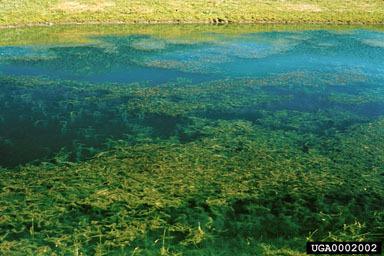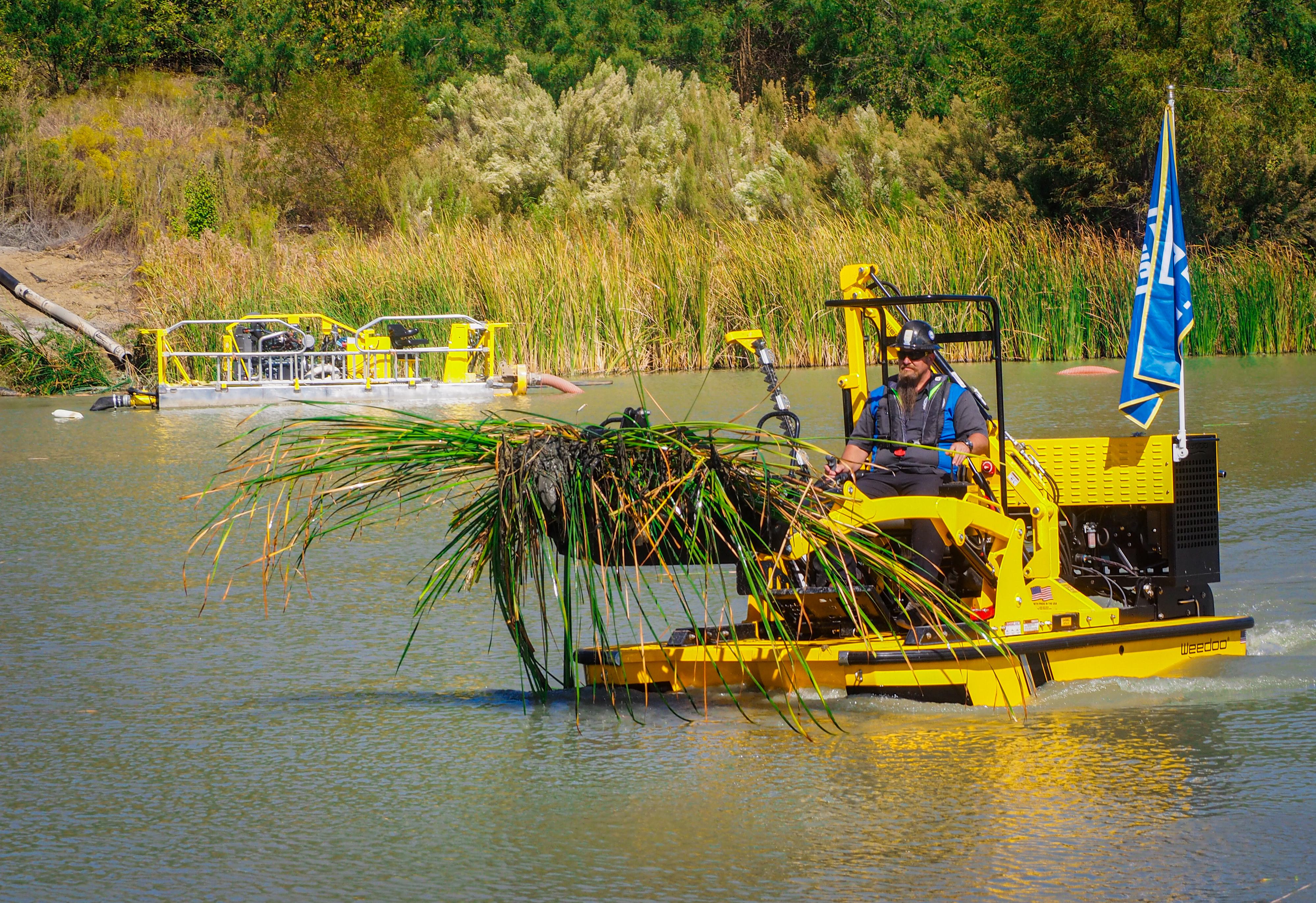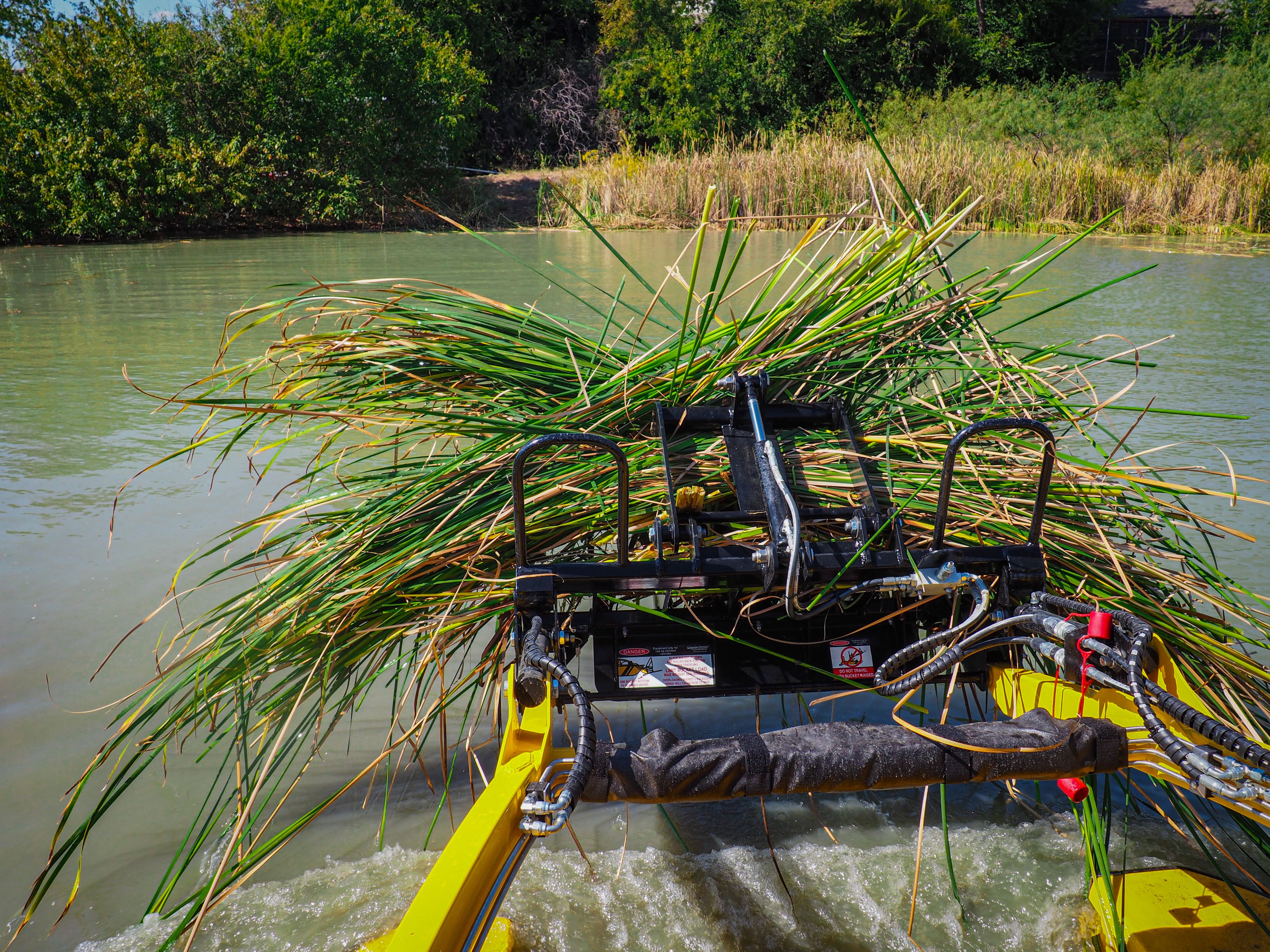Managing Invasive Aquatic Plants Without Harming the Environment
When most people picture a lake or marina, they imagine calm water, clear reflections, and thriving aquatic life. But beneath the surface, invasive aquatic plants can turn a healthy ecosystem into a tangled, oxygen-starved mess. Across the US, species like Hydrilla, Eurasian Watermilfoil, and Water Hyacinth have invaded waterways, clogging pipes, blocking boat traffic, and suffocating native plants and fish.
The challenge is clear: these plants must be managed. But the solution isn’t as simple as dredging everything out or applying herbicides. Traditional methods often create new environmental problems - which is why AUS Dredge and Dive looks at aquatic plant control from multiple angles.

Understanding the Problem: How Invasive Aquatic Plants Spread
Invasive aquatic plants are non-native species that outcompete native vegetation and disrupt ecosystems. Many were introduced accidentally attached to boats, fishing gear, or even through the release of aquarium plants into natural waters. Once established, they spread rapidly. A single fragment of Hydrilla, for example, can regenerate into a full plant.
The impact extends far beyond the water’s surface:
- Reduced oxygen levels kill fish and other aquatic life.
- Dense mats of vegetation block sunlight, preventing photosynthesis for native species.
- Navigation and recreation become difficult in clogged marinas and channels.
- Economic costs rise as municipalities and private marinas spend millions on removal and restoration.
Managing these plants is not optional, it’s critical to restoring the health, safety, and usability of waterways across the U.S.
The Hidden Risks of Traditional Removal Methods
Many invasive plant control programs rely heavily on chemical herbicides or aggressive mechanical dredging. While both methods can deliver short-term results, they often come with long-term ecological trade-offs.
Chemical Herbicides
Herbicides can effectively kill surface growth, but they don’t discriminate. They may harm native plants, algae, and microorganisms that form the foundation of aquatic food chains. Residue can linger, affecting water quality and posing risks to fish, amphibians, and even nearby drinking water supplies. In some cases, the rapid die-off of plants can trigger oxygen depletion, causing large fish kills.
Aggressive Mechanical Dredging
On the other end of the spectrum, large-scale dredging operations can stir up sediment, cloud the water, and release trapped nutrients or pollutants. This turbidity can smother eggs and larvae and degrade habitat quality. While dredging is often necessary for navigation or sediment control, it must be done with precision and environmental sensitivity.
These drawbacks underscore the need for a more balanced approach — one that controls invasive species while protecting the ecosystems they invade.
Eco-Friendly and Effective Control Strategies
Modern aquatic management blends mechanical, biological, and preventive techniques to achieve long-term balance rather than short-term removal.
1. Precision Mechanical Removal with Advanced Aquatic Equipment
Modern aquatic weed management has evolved beyond blanket dredging and chemical treatments. The Weedoo represents a new generation of precision harvesting technology designed to remove invasive aquatic plants while minimizing disturbance to surrounding habitats. This specialized aquatic vessel uses mechanical cutting and collection systems to selectively target problem vegetation, maintaining water clarity and sediment stability throughout the process.
Key benefits include:
- Minimal impact on native species and habitats through selective harvesting
- Reduced turbidity and nutrient release compared to dredging
- Chemical-free operation that's safe for recreational waters
- Efficient removal of surface and subsurface vegetation
For marinas, reservoirs, and private lakes, the Weedoo provides a sustainable alternative that balances effectiveness with environmental stewardship, offering a middle ground between chemical treatment and large-scale dredging.
2. Biological and Integrated Controls
Nature often provides its own checks and balances. For example, the Hydrilla weevil (Bagous hydrillae) feeds on Hydrilla, helping to slow its spread. Similarly, certain fungi and bacteria can inhibit invasive plant growth without damaging native vegetation.
Integrated management programs combine biological control with targeted mechanical methods and environmental monitoring. This multi-layered approach reduces chemical dependence and ensures that control efforts don’t cause more harm than good.
3. Prevention and Habitat Restoration
The best way to manage invasive plants is to prevent their return. Restoring native vegetation helps stabilize sediments, outcompete invasives, and improve habitat quality. Other preventive measures include:
- Installing silt curtains or containment barriers around active removal areas.
- Managing nutrient runoff from nearby lawns or agricultural areas to reduce excessive plant growth.
- Educating boaters on “Clean, Drain, Dry” practices to prevent the spread of fragments between water bodies.
These strategies ensure that removal efforts lead to long-term environmental health, not temporary cosmetic fixes.
AUS Dredge and Dive's Environmentally Conscious Approach
At AUS Dredge and Dive, sustainability is at the core of every project. Whether restoring a private lake, maintaining a marina, or supporting municipal water management, our team takes pride in using eco-friendly methods that balance performance with environmental responsibility.
Our approach includes:
- Precision aquatic management tools, including mechanical harvesting equipment and diver-assisted systems designed for targeted intervention with minimal disruption.
- Hydraulic dredging tailored to site-specific conditions and environmental sensitivities.
- Use of biodegradable, non-hydraulic oils to safeguard aquatic life.
- Custom maintenance plans tailored to the specific hydrology and biology of each site.
By combining advanced equipment with hands-on expertise, we deliver solutions that protect aquatic ecosystems while achieving lasting results for our clients.


Preserving America’s Waterways for the Future
Healthy waterways are more than just beautiful - they’re vital to local economies, recreation, and biodiversity. From small private lakes to large coastal systems, the fight against invasive aquatic plants is a fight for environmental balance.
The good news? With the right technology, experience, and commitment, it’s possible to manage these challenges without harming the environment.
AUS Dredge and Dive continues to lead the way in sustainable aquatic management, offering clients environmentally sound solutions that restore the health and function of their waterways one project at a time.
Ready to Take the Next Step?
If your lake, pond, or marina is struggling with invasive aquatic plants, it’s time to act responsibly.
Contact AUS Dredge and Dive for an eco-conscious site assessment and discover how precision removal and sustainable management can restore your waterway safely and effectively.





